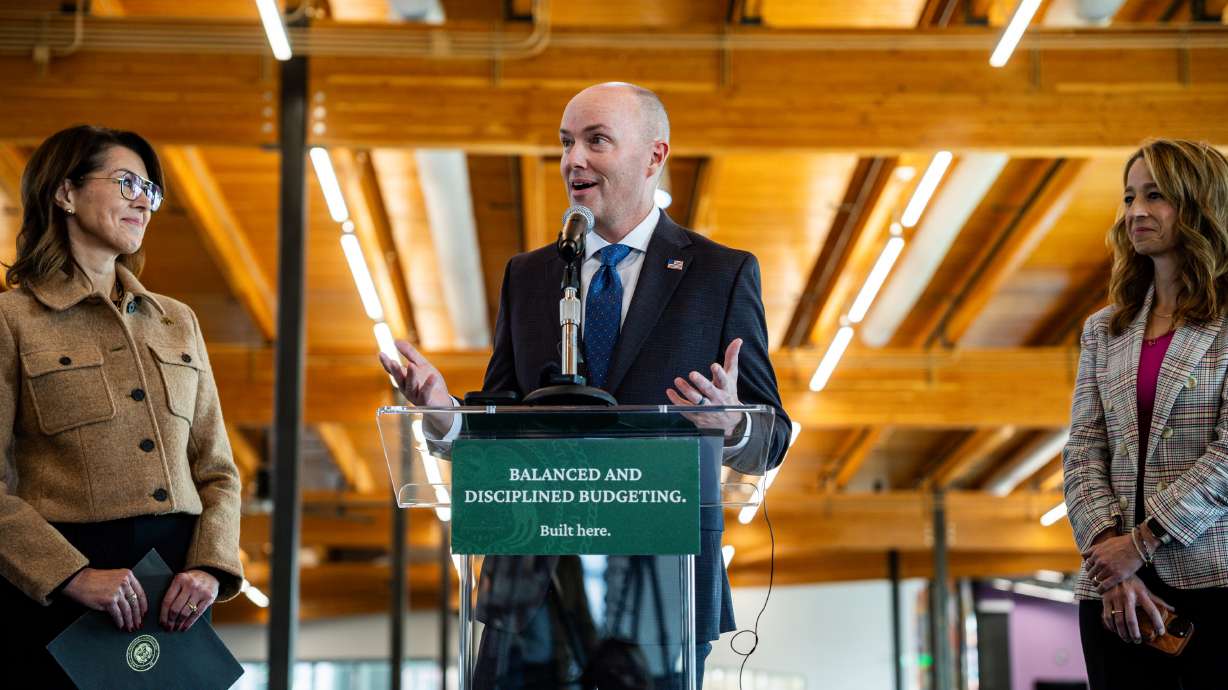“Freedom in capitalist society always remains about the same as it was in ancient Greek republics: Freedom for slave owners.” —Vladimir Lenin
Labor Day is an interesting holiday for those that love liberty. For some, Labor Day reeks of the success of the socialist workers movement and should be eschewed; for others, it is merely a celebration of those whose labor is critical to our diverse economy. I propose that for those that love liberty, Labor Day can be a positive holiday that recognizes the importance of voluntary exchange in a free society. While we disagree with Lenin’s assessment of freedom in a capitalist society, we understand the source of his frustration.
Capitalism in Lenin’s view is more about individuals than about a system. Lenin and other socialists saw powerful individuals as “capitalists.” These were the individuals who owned capital or the means of production. By owning machines and factories the capitalists could leverage their ownership into profits by hiring wage laborers to carry out production. In Lenin’s view, this employment relationship was exploitative of the worker in the same fashion as slavery. However, there is a key difference. In the slave relationship the master literally owns the slave and can coerce the slave’s labor to the master’s profit. In contrast, the employment relationship in a capitalist system is voluntary. The worker owns their labor just like the capitalist owns their factory. Thus, a worker voluntarily offers their labor to the owner in exchange for the owner’s voluntary payment of wages. If the owner feels they can profit more from the worker’s labor than from the wages they offer to pay, then the exchange is beneficial for the owner.
This is the side of the exchange that was despised by Lenin and the socialists. They were frustrated because owners typically benefitted far greater than the laborer in such arrangements. However, the other side of the exchange is equally important in a free society. If the laborer believes they can profit more from the wages the owner offers to pay than from the time and labor required for the job, then the worker will likely decide that the employment relationship is beneficial for them. Because we assume that people act rationally and for their own self-interest then we can conclude that these voluntary exchanges are mutually beneficial to the parties. This is true regardless of whether the profit margin for the owner is higher than for the laborer or not. The most important concept here is liberty. Because this exchange is voluntary and neither party is coerced by the force of another, the liberty of each is protected. This is very different from slavery, where the relationship is not voluntary and the slave has no liberty.
Now, what if the relationship is seemingly lopsided and advantages the owner much more than the worker? The beauty of a voluntary relationship is that either party can choose to terminate their relationship at any time. In the case of a lopsided advantage for the owner, a worker might choose to work for a different owner where the advantage is not so disparate. However, they might find that despite huge advantages for the owner, the wages are still more beneficial to the worker than the alternative of unemployment or a different employer. The question is not really about the degree of lopsidedness in the relationship, but rather whether the perceived benefit to the laborer is adequate for them to decide to work for the employer. The wrinkle is when the alternative opportunities for workers are few or when the alternative employers all seem to be colluding in a cartel where wages and employment conditions seem to be kept below market rates absent the collusion. In this situation a single laborer cannot seem to make a difference in employer behavior by merely leaving. This is where organized labor comes in.
Just as employers in an industry seemed to be organized in how they offered similar wages and working conditions, laborers voluntarily chose to organize and agree on the wages and conditions they were willing to work for. This was the birth of labor unions. In theory and principle, a labor union is the voluntary association of workers that gives workers a collective negotiating advantage when choosing employment relationships. By acting in concert, organized laborers can convince owners to increase wages or improve working conditions by promising to quit or strike if their demands are not met. Owners can then either hire replacement workers, if available, or concede to re-negotiate the terms of the employment relationship with the workers. This is a brilliant strategy by workers because it utilizes the freedom of voluntary exchanges by leveraging the freedom of voluntary association. When these events result in less lopsided employment relationships all workers benefit and economic exchanges in the employment market can be more equitable and efficient.
While we can recognize the positive gains made by organized labor we must also recognize that these events have not always been ideal. In some cases organized labor has used violence or threats of violence to coerce other workers into cooperation with the association. This undermines the voluntariness of organized labor. Additionally, workers have lobbied the government for intervention to coerce, by government power, the employer into making changes to the employment relationship. This also undermines the voluntariness of the exchange. Businesses have also employed unscrupulous tactics by lobbying the government to intervene and use power to coerce workers by outlawing their protests and disrupting their activities. In both cases parties to employment exchanges have sought coercion to avoid voluntary negotiation. Insofar as this has been the case, those that value liberty should disapprove. However, we should be clear that it is the tactics of coercion that we oppose—not the concept of organized labor itself.
Additionally, we must be careful to distinguish between the goals of organized labor in the ideal example and those of the socialists like Lenin. On its surface, Lenin’s goal was the improvement of the plight of the worker. Beneath the surface the tactics were not mere union organizing and negotiation but rather a vision for society where the government divested owners of their capital and turned it over to collective ownership by the workers. This relies upon theft and the illegitimate use of government force to plunder the property of free people, and highlights the underlying moral problem with collectivist schemes.
While Lenin’s ideas were not fully realized in our country, the entanglement between organized labor’s goals and government force cannot be ignored. In modern times union organizations have become powerful lobbying forces that successfully bring about government “reforms” that aim to use government force to shackle the freedom of business owners and complicate the operations of government vis-à-vis public employees. The use of government policy as a weapon in private negotiations is also a threat to voluntary exchange in a free society and should be rejected. Insofar as unions pursue these tactics we oppose them.
The existence and success of labor unions as voluntary associations is direct evidence against Lenin’s statement about freedom in a capitalist society. While capitalist owners have the freedom to choose to set wages and conditions under which they will hire workers, the workers have the freedom to agree, look elsewhere, or even organize for collective negotiations. This is the beauty of a free society and we can choose to celebrate Labor Day in remembrance of those principles. Happy Labor Day!




